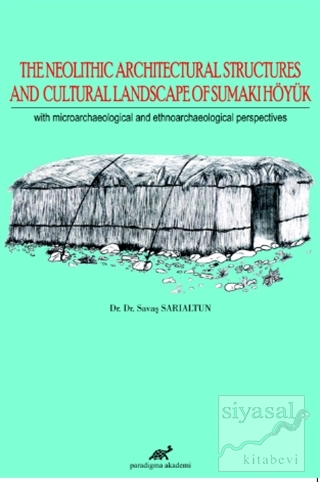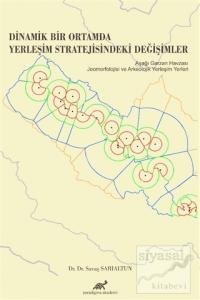The Neolithic Architectural Structures and Cultural Landscape of Sumaki Höyük With Microarchaeological and Ethnoarchaeological Perspectives

Space is a means of self-expression and evolves under the influence of social structure and environment. The environment-human-space relationship can be examined by using different models. Among them, the physical aspect and the socio-cultural aspect are dominant. This mutual relationship has always been a
focal point for archaeology and geographical sciences. Supporting archaeological finds with absolute dating methods and interdisciplinary studies may lead to establishing paleo-environmental models for various periods and may also help to define external physical factors affecting social structures.
Constructions, one of the tangible cultural items, are also one of the most evident visible remains of past societies. The investigation of the space in the architectural context is the most important tool used to understand the Daily practices of past communities, their social structure and also their organization.
The architectural traditions created by the communities are based on the matured two-way relationship of the relationship that man constructs with space in a short and long run. The structure is also a solution to social consequences and/or a socio-economic crisis.
New excavations and researches carried out in Neolithic settlements of the Upper Mesopotamia have provided various informations. This increase in knowledge has been led to a very different pattern emerging as well as complementing the missing aspects of current information. Thus, in prehistoric
archaeology of the Near East, but especially for Upper Mesopotamia, it become necessary to make some changes in long-accepted concepts. This study is about participating in the discussions about the cultural mobility process in Upper Mesopotamia and its surroundings between 8000 - 7000 BC with the architectural data of Sumaki Höyük Neolithic settlement.
Space is a means of self-expression and evolves under the influence of social structure and environment. The environment-human-space relationship can be examined by using different models. Among them, the physical aspect and the socio-cultural aspect are dominant. This mutual relationship has always been a
focal point for archaeology and geographical sciences. Supporting archaeological finds with absolute dating methods and interdisciplinary studies may lead to establishing paleo-environmental models for various periods and may also help to define external physical factors affecting social structures.
Constructions, one of the tangible cultural items, are also one of the most evident visible remains of past societies. The investigation of the space in the architectural context is the most important tool used to understand the Daily practices of past communities, their social structure and also their organization.
The architectural traditions created by the communities are based on the matured two-way relationship of the relationship that man constructs with space in a short and long run. The structure is also a solution to social consequences and/or a socio-economic crisis.
New excavations and researches carried out in Neolithic settlements of the Upper Mesopotamia have provided various informations. This increase in knowledge has been led to a very different pattern emerging as well as complementing the missing aspects of current information. Thus, in prehistoric
archaeology of the Near East, but especially for Upper Mesopotamia, it become necessary to make some changes in long-accepted concepts. This study is about participating in the discussions about the cultural mobility process in Upper Mesopotamia and its surroundings between 8000 - 7000 BC with the architectural data of Sumaki Höyük Neolithic settlement.





















